Cleanup Time! These are two words no preschool child loves to hear. Cleaning up is rarely fun for anyone. Save time and sanity with these handy cleanup time tips and tricks from real preschool teachers.
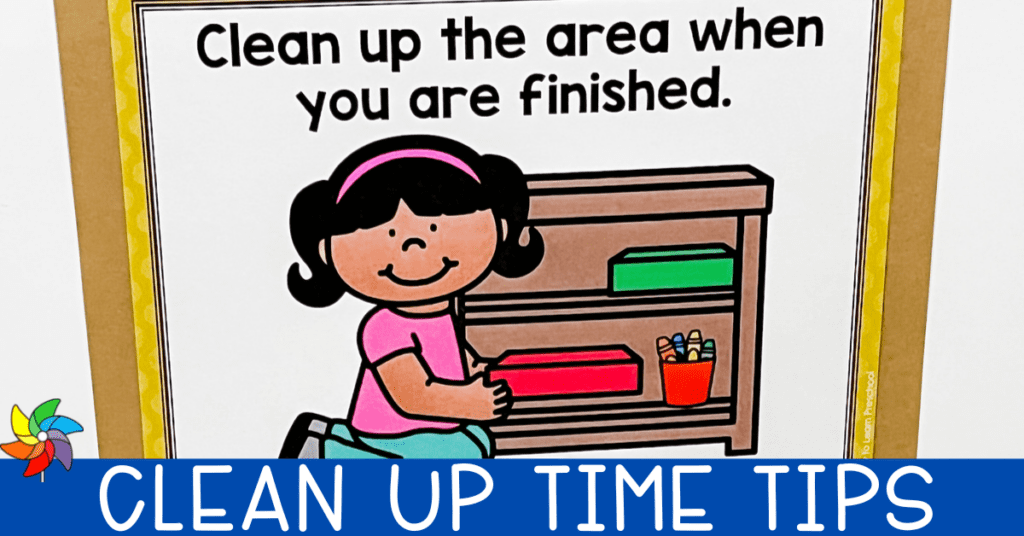
Make Cleanup Time Fun!
Cleanup time symbolizes the end of the fun – but it doesn’t have to!
- Turn it into a race against a timer or song.
- Tons of soft toys? Make a game of tossing them into a basket from a distance.
- “Surprise” a teacher that left the room by cleaning up quickly before they return.
- “I Spy” where the teacher gives clues to different items that need to be put away.
- Color Challenge: Every child gets a different color to clean up!
- Puppet Teacher – Have children take directions from a puppet instead of the teacher.
We play a song and try to get everything tidied up before it finishes. I try to find a long song!
Katherine H
Be Specific
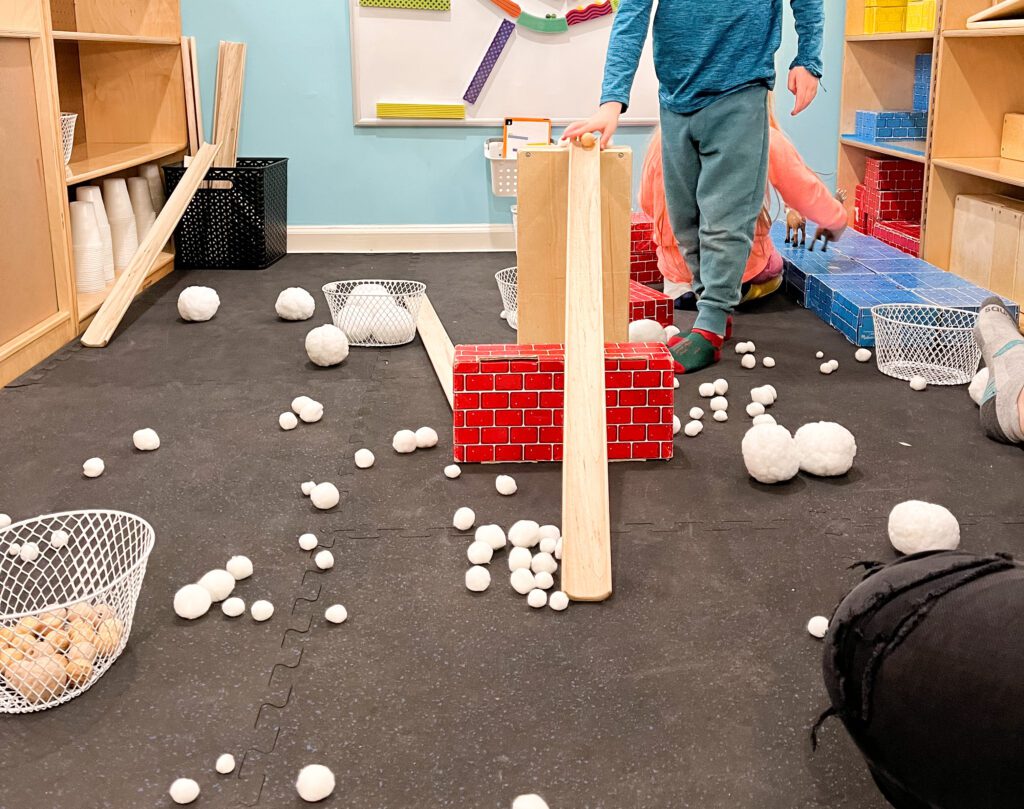
A giant mess can quickly become overwhelming to young students. Telling a child to “clean up” without more instruction might lead to blank stares and little action. Instead, encourage them to clean up all the blocks of a specific color, the books in the library center, or everything in a small, specific area.
I’ve noticed that children who won’t help during clean-up time are often overwhelmed by the prospect. I give them one specific item, such as “cars” or “puppets” and let them focus on that one task.
Pamela B.
Another tactic can be to form small piles and assign a different pile to each child. This breaks down the mess so that students are not overwhelmed looking at it all at once.
Check out this Resource from my Shop!
Clean Up – Preschool Classroom Routine
$3.00Teach young children how to CLEAN UP the classroom when they are done working and playing by using these descriptive posters. They will benefit from the step-by-step instructions and the visual depictions of the routine.
Positively Praise
Of course, students love to hear that they are doing a good job. It helps to praise students as they put things away. “Nayal, thank you for putting away the blocks so nicely!” encourages not only the child being addressed but also the other children in search of praise as well.
Add a little Cleanup Time “Magic”
Little learners LOVE anything “magic.” So why not incorporate some magic into the cleanup routine? Several different teachers suggest announcing that they are secretly selecting a “magic” cleanup item. When that item gets put away, make a huge celebration and declare that the child who put that item away is the “Super Cleaner” of the day. Reward them with a sticker, a special coveted job like line leader, or they get to choose the game the students play next.
We have them take out their magic toy glasses. They use their fingers as glasses. We use our magic glasses to search for any toys that need to be put away. They love it!
Emily W.
Save it for Later
Imagine how frustrating it would be to spend an hour creating something, and before you could enjoy it, you had to take it apart. That’s what happens to preschoolers! Often they build elaborate structures from blocks or set up a particularly complex game in dramatic play. They finally get things JUST RIGHT…and it’s cleanup time. Of course, they are upset and reluctant! If possible, have some flexibility by allowing students to place an “under construction” sign with their creations and keep them out a bit longer. If it is something smaller, like a lego construction, move it to a higher shelf where it is safe until the next time. Giving this extra time to children allows them to have extended play ideas. Read more about that here!
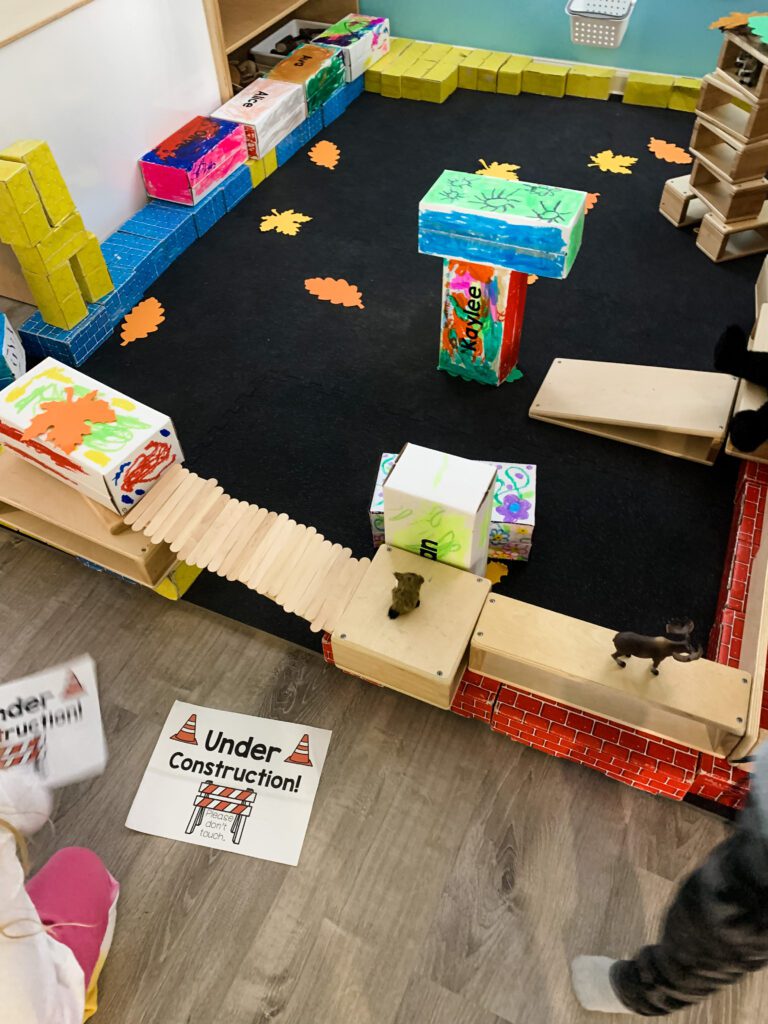
If the space is needed or cannot be otherwise saved, offer to take a picture of the construction or set up for children to show their parents or remind themselves where they left off later.
Add a Little Music!
Put on one specific song and try to clean up the classroom before the song is over. Finish early? Dance until the song is over. Here are some great cleanup time songs:
- The theme song from Mission Impossible
- Cocomelon’s cleanup song
- Baby Shark – because everything is better with baby shark, right?
- Any of the songs from this list from We Are Teachers.
- Or any song that the students are obsessed with will work. Is a song not long enough? Put it on repeat!
Modeling Masters
Modeling happens all the time in the classroom – so it’s no surprise that modeling cleanup behavior also leads to success! Start by cleaning up with the students, and show them how to match items on a shelf to the label. Before long, they’ll have mastered it themselves.
If there is a child who has a hard time helping with cleanup, I will make them a small pile of items. I will then hand them one item at a time and remind them where it goes. After a while they get the hang of it!
Lisa D.
Doing a Fair Share
For the kids standing and staring, have the other kids sit down after they’ve cleaned some of the mess. Tell the children who were standing and not helping that it is their turn now. Help them by modeling, if needed. This teaches the class that everyone must help and do some work.
I start by modeling and helping to clean up with them… however last year I had two kids that continued to just stare into space when others were cleaning that at the time I would let the others in the group go sit on the carpet and have that particular child finish cleaning up either alone or with support from me.
Kelley F.
Absence makes the heart grow fonder…of cleaning up!
Sometimes, despite the encouragement of the most patient teacher isn’t enough. If one particular area or toy is getting neglected at cleanup time, that area is closed, or the toy is off limits for a few days. Sometimes, it continues to be a problem, and play dough is strewn all over the floor, or legos are piled haphazardly in a corner. This behavior can signify that the class might need a refresher on how to care for the items properly…or they aren’t ready for those particular toys at centers yet!
I used a Sunday Box. Anything left laying around got put in a box and not brought back out til Sundays, hence the “Sunday Box”
Cheryl L
Prep for Cleanup Time Success
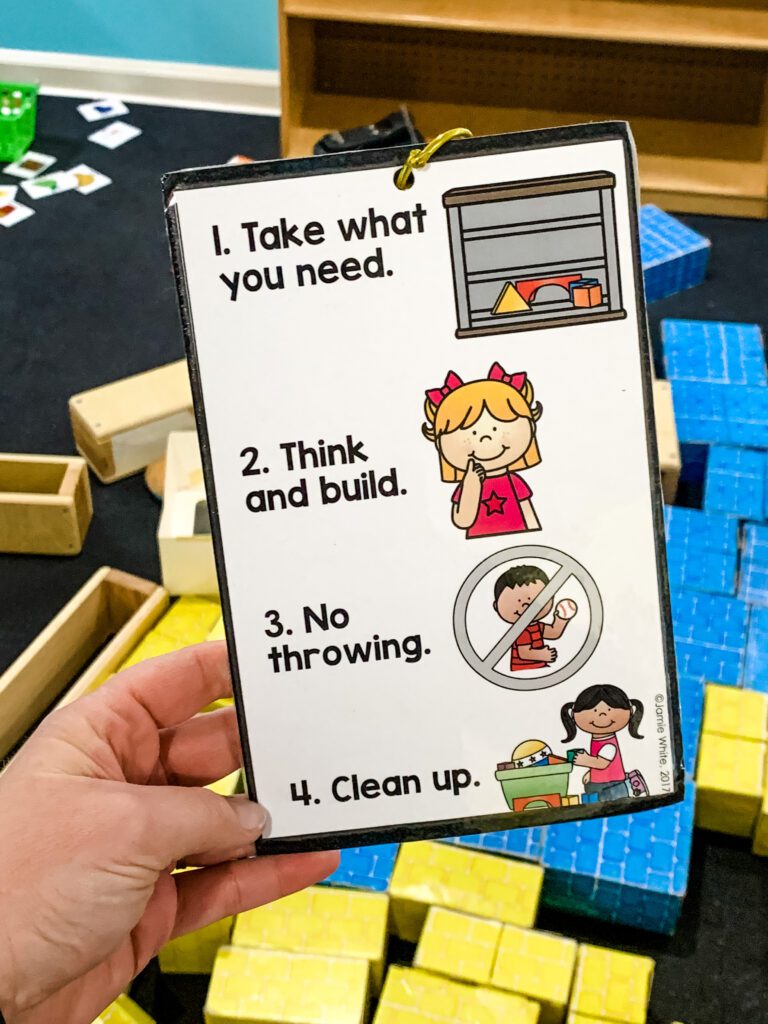
Prepare students by providing them with information ahead of time. Simple cue cards remind students that they must clean up the toys they are playing with before moving on to a new area. Also, letting students know, “Five minutes until we clean up” gives students time to finish their play instead of having to quit abruptly. Since preschoolers have no idea how long five minutes is, play a favorite song about that length (or two shorter ones) as an aural cue.
Labels, Labels, Labels!
Label where everything belongs. If it goes on a shelf, label the shelf directly. If it goes in a basket on a shelf, label both the shelf AND the basket. Ensure each label has a picture AND the word for extra literacy practice.
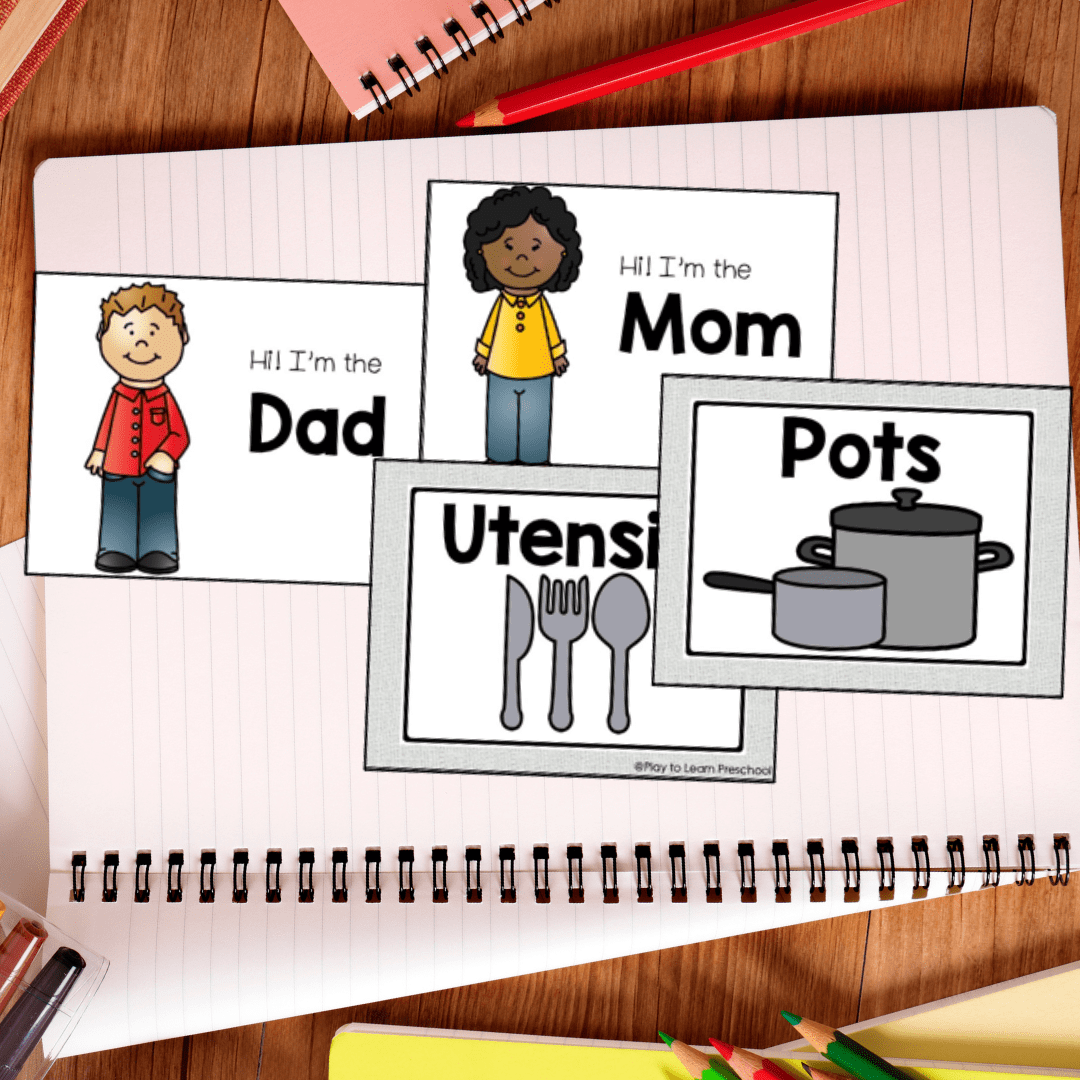
FREE Home Living Dramatic Play!
The dramatic play area is the center of our classroom community. So much fun, hands-on learning takes place there!
After you subscribe, you will be redirected to the FREE Dramatic Play Set. We respect your privacy. Unsubscribe at any time.
Make “Perfect’ Easy
Consider the age and abilities of the students in the classroom. If they are younger, simple baskets with similar toys helps make cleanup more developmentally appropriate than individual spots for every single toy.
I moved into a preschool room where every block shape was outlined on the shelf. Cleaning up the blocks was miserable for everyone because there were so many blocks. It took forever. Then I had the idea to make a basket for each kind of block instead. Suddenly, the students were able to clean up the blocks in a flash, they were still sorted for easy use, and I wasn’t frustrated by a messy looking block center!
Megan J.
Give a Choice
So many things are out of a preschooler’s control. Give them a taste of that control by giving them a choice. Would they rather pick up the blocks or the dinosaurs? The baby dolls or the play food? The trick is always to provide options that the teacher approves of. The preschooler feels heard because they have input, and the room still gets cleaned up!
Scheduling for Cleanup Time Success
The best results we had was the year that gym/outdoor time was scheduled immediately after clean up. We cleaned up, then lined up. They wanted to get it done right away so they could go!
Tiffany C.
If possible, schedule something extremely fun like playground time or a special guest after cleanup time. Students look forward to the activity after cleanup, so they go quickly and get it done! Even if the schedule isn’t in the teacher’s control, encouraging students with a special game or story can work wonders.
CAYG (Clean as You Go)
We clean up current toys and activities before moving to a new area. Students are never overwhelmed with tons of items lying around and just have a small amount to clean up before each transition.
Angie H.
“Clean as you go” is a phrase often used in many retail and restaurant establishments. Why? Because it works! Taking a few minutes to clean up one area (or asking a child to put away ten things before moving on to a new center) can go a long way to controlling the chaos.
Lead with Love and Sympathy
The most important part of any classroom is the relationship forged between the teacher and the students. Taking a moment to show some empathy that cleaning up isn’t really fun helps students realize that sometimes, we all have to do things that are necessary so that we can all enjoy the space later.
I’ve also found that acknowledging that cleaning up is no fun can help but stress that you are also going to clean up if you made some of the mess too.
Emma T.
Share More Cleanup Time tips and tricks!
Every classroom is different – perhaps you know a few more cleanup time strategies that weren’t mentioned. Share them in the comments below!

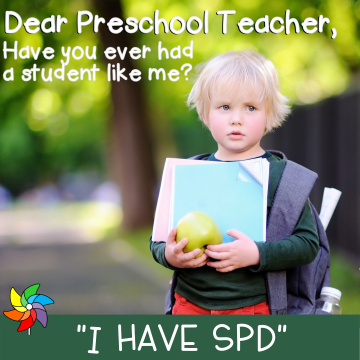

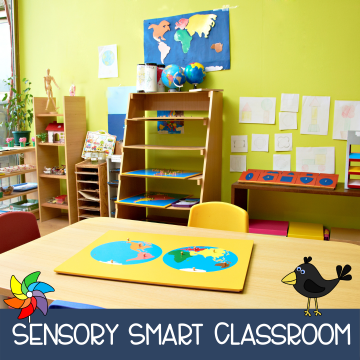
We play the ‘freeze’ song so children have to see what they can clean up before the song tells them to freeze. Of course the adults try to beat the song too💕